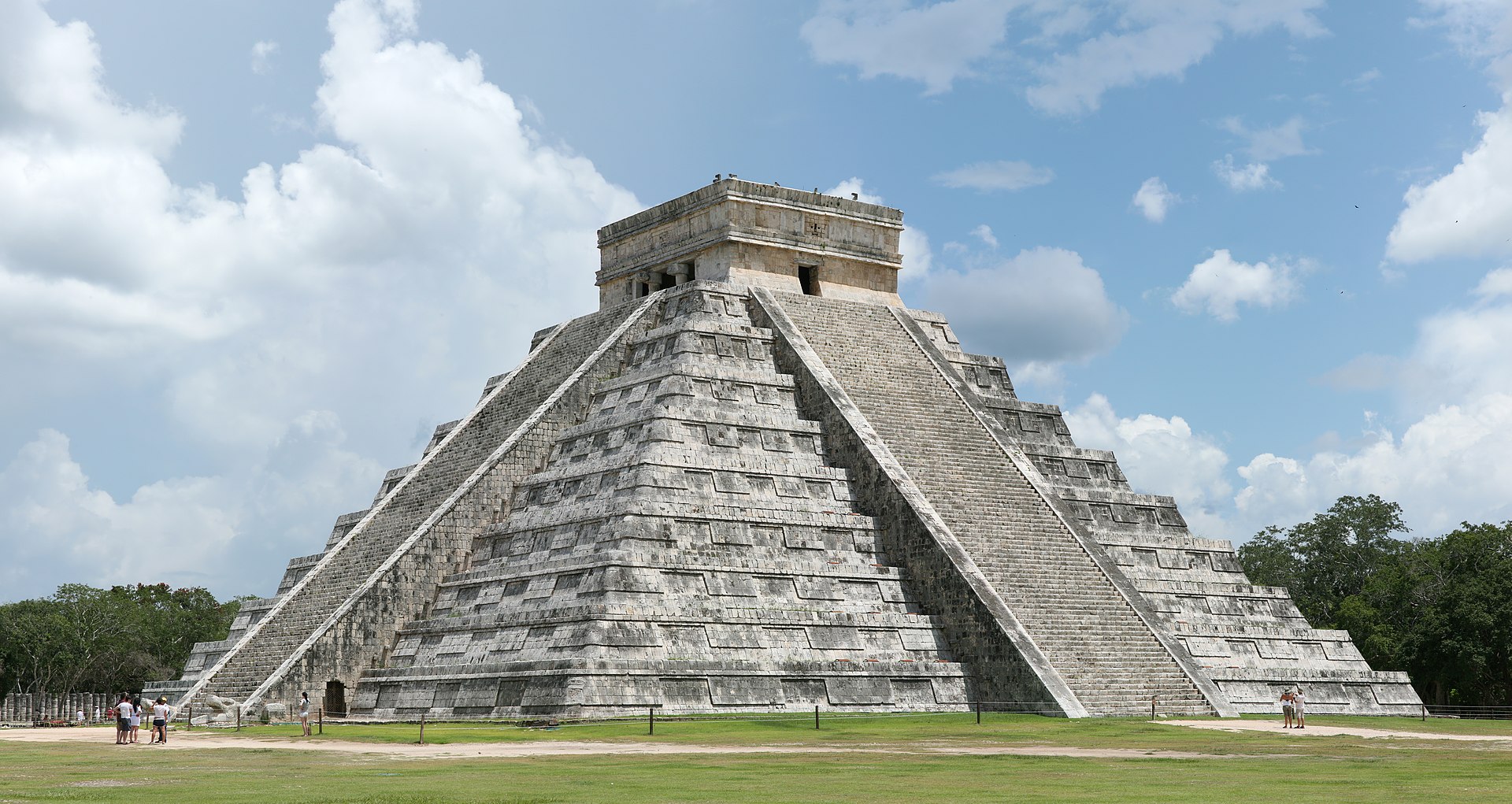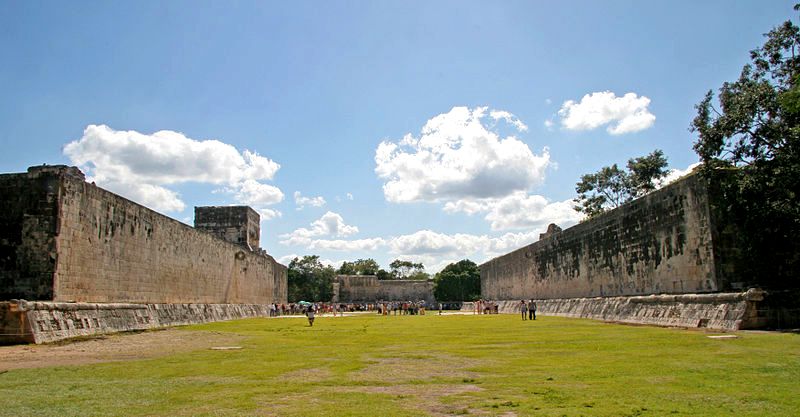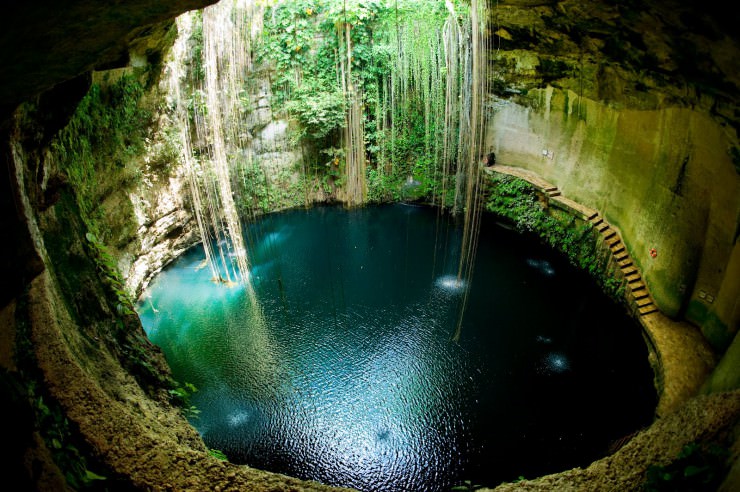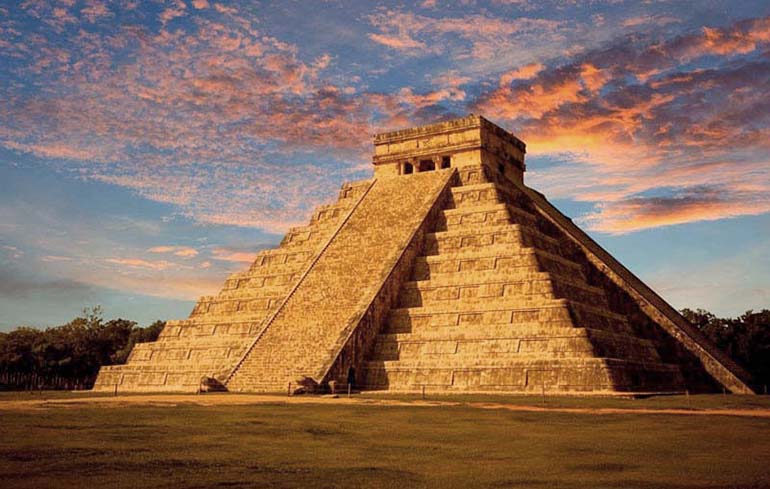Chichén Itzá
Cancún, Mexico

Explore Chichén Itzá, one of Mexico’s most iconic archaeological sites and a UNESCO World Heritage Site. Discover the legendary El Castillo pyramid, ancient ball courts, and sacred cenotes. Perfect for history lovers and cultural travelers visiting Cancún or the Yucatán Peninsula.
Brief History Chichén Itzá was a major city of the ancient Maya civilization, flourishing between the 7th and 10th centuries AD. It served as a political, religious, and economic center in the Yucatán Peninsula. The site showcases a blend of Maya and Toltec influences, reflecting a diverse cultural exchange during its peak. Notable Features The most iconic structure is El Castillo (Temple of Kukulcán), a massive step pyramid that aligns with the equinox sun. Other standout features include the Great Ball Court, the largest in Mesoamerica, the Temple of the Warriors flanked by stone columns, and the Sacred Cenote, once used for ceremonial offerings. The site is a masterclass in astronomical and architectural precision. Fun Fact or Unique Angle During the spring and autumn equinoxes, a shadow in the shape of a serpent slithers down the steps of El Castillo—a visual illusion created by the sun’s position and the pyramid’s design. It’s one of the most famous ancient astronomical phenomena in the world. Current Use or Visitor Info Chichén Itzá is a UNESCO World Heritage Site and one of the New Seven Wonders of the World. It is open to the public daily, typically from 8:00 AM to 5:00 PM. Visitors can explore the ruins on their own or join guided tours for deeper insight. Early visits are recommended to avoid heat and crowds.
Location
Coordinates: -88.5678, 20.6843
View on Google Maps



